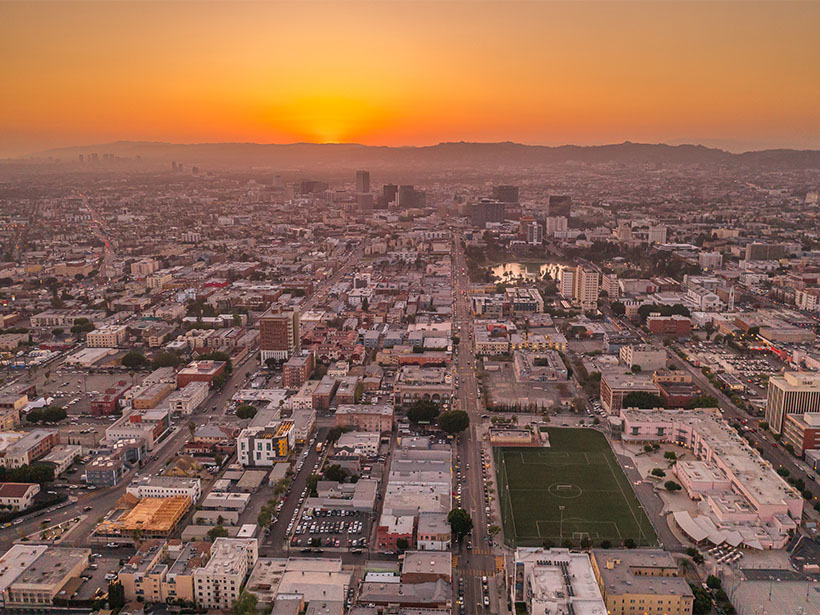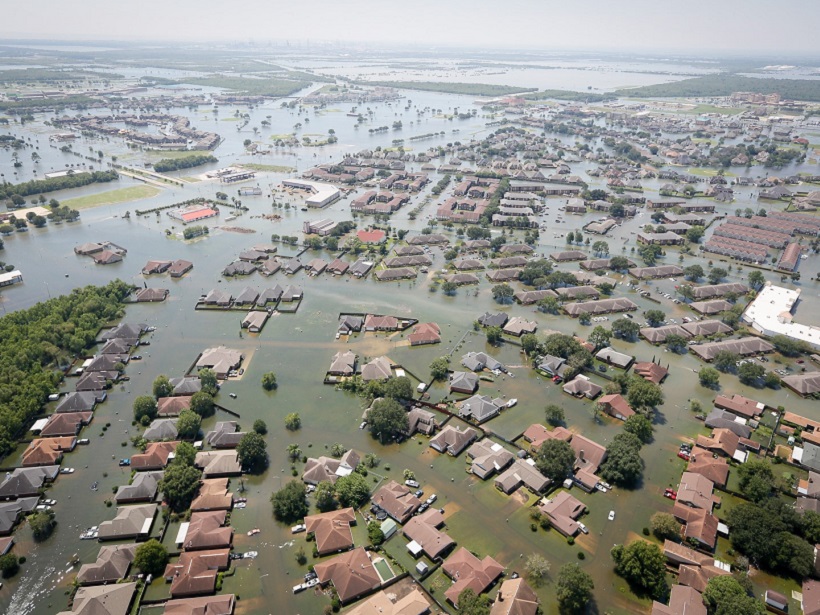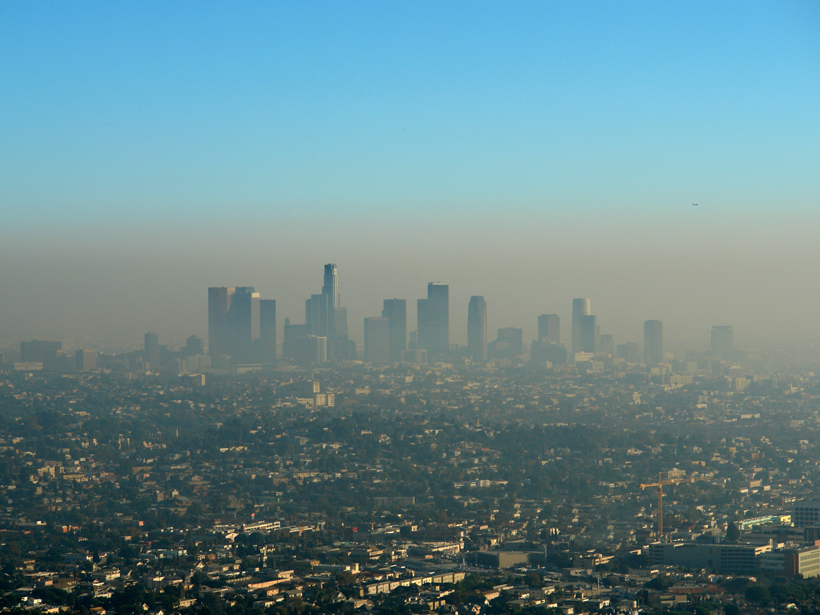Drought should be considered and modeled as a process, including human–nature interactions, and not merely a product of water deficit.
A. AghaKouchak
Editor, Earth’s Future
Posted inEditors' Vox
We Can Work It Out: Avoiding Disasters
Strengthening societal resilience by focusing on the interactions between natural hazards, the built environment, and human societies.
Posted inFeatures
When Environmental Forces Collide
Multiple factors often interact to amplify the effects of severe storms, droughts, and other extreme water-related events.
Posted inOpinions
Will Clean Air Fade Away?
Government-sponsored research and regulations enabled western U.S. states to clean up their air, despite industrial and population growth. Proposed funding cuts could undo this progress.
Posted inEditors' Vox
Anthropogenic Drought: How Humans Affect the Global Ecosystem
Amir AghaKouchak discusses how human activity affects water supply and the environment.





